It bears repeating – Kilimanjaro is a trekking mountain, not a climbing one. Trekking equals hiking, so the most effective training for Kilimanjaro is hiking. Ignore the misleading advice about cross-training with biking, swimming, weight training, or extreme diets. No. Remember, pole pole. Strive to become the best version of yourself, starting this process approximately two months before your climb. You can follow a structured training plan or keep these guidelines in mind.
We recommend a minimum of three hiking or walking sessions per week, each lasting at least one hour. The specifics, like distance, duration, and elevation gain, depend on the trails in your area. Ideally, choose trails that are a few miles long, including a challenging uphill section lasting about an hour. Find a convenient location for regular sessions and easy progress tracking.
Incorporate longer day hikes for excellent training – lasting four to six hours with moderate elevation changes of around 1,000 feet (305 meters), carrying a 20 lb. (9 kg) pack. If up for a challenge, tackle harder trails for even more effective preparation. If outdoor trails aren't accessible, stair training is a great alternative to simulate Kilimanjaro's climbing experience. Utilize a stair master machine for productive sessions.
To replicate the mountain climb challenge, wear your backpack and maintain a slow, steady pace during 1-2 hours of stair climbing or StairMaster use. Remember, descending Kilimanjaro is tougher than climbing, so train for downhill walking.
Feeling confident with your hiking skills? Consider diversifying your routine with runs, stretching exercises, yoga, or even weight training. Anything that enhances overall fitness is beneficial, but always prioritize hiking.



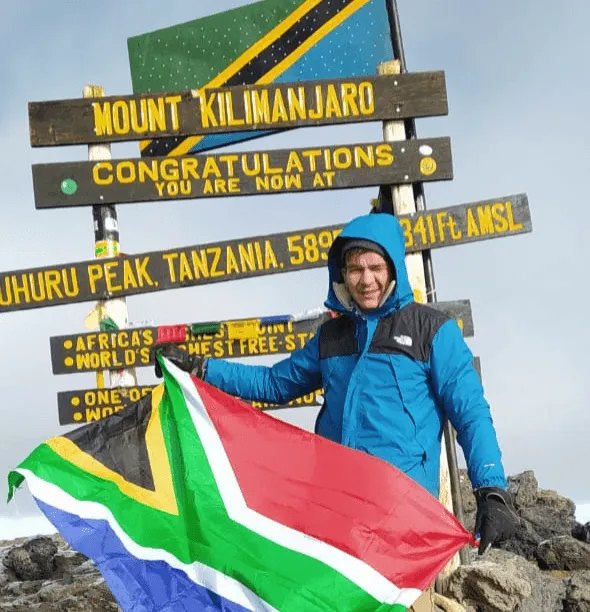
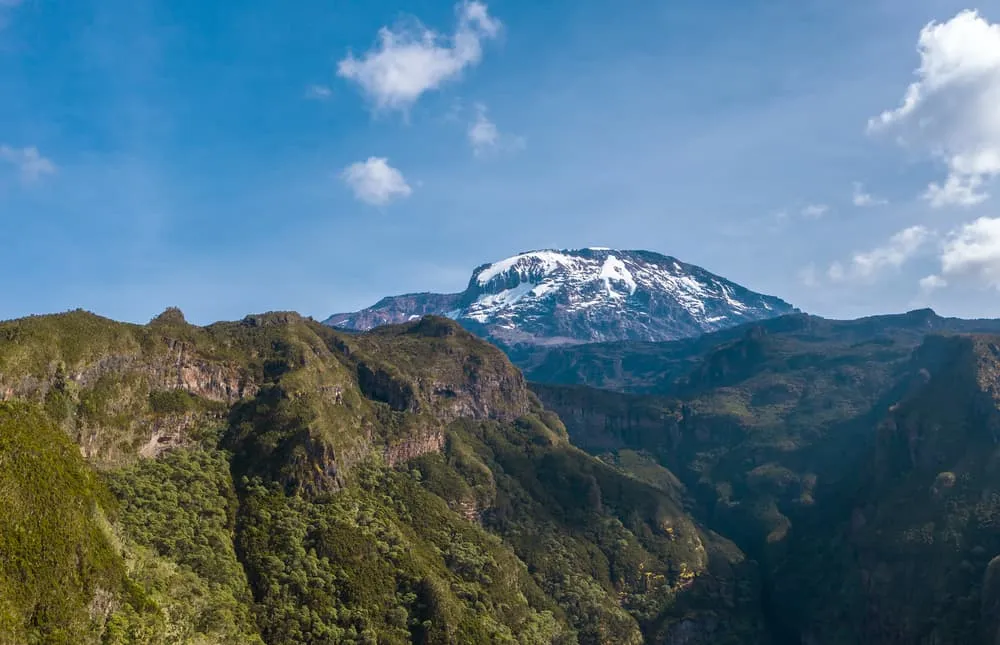
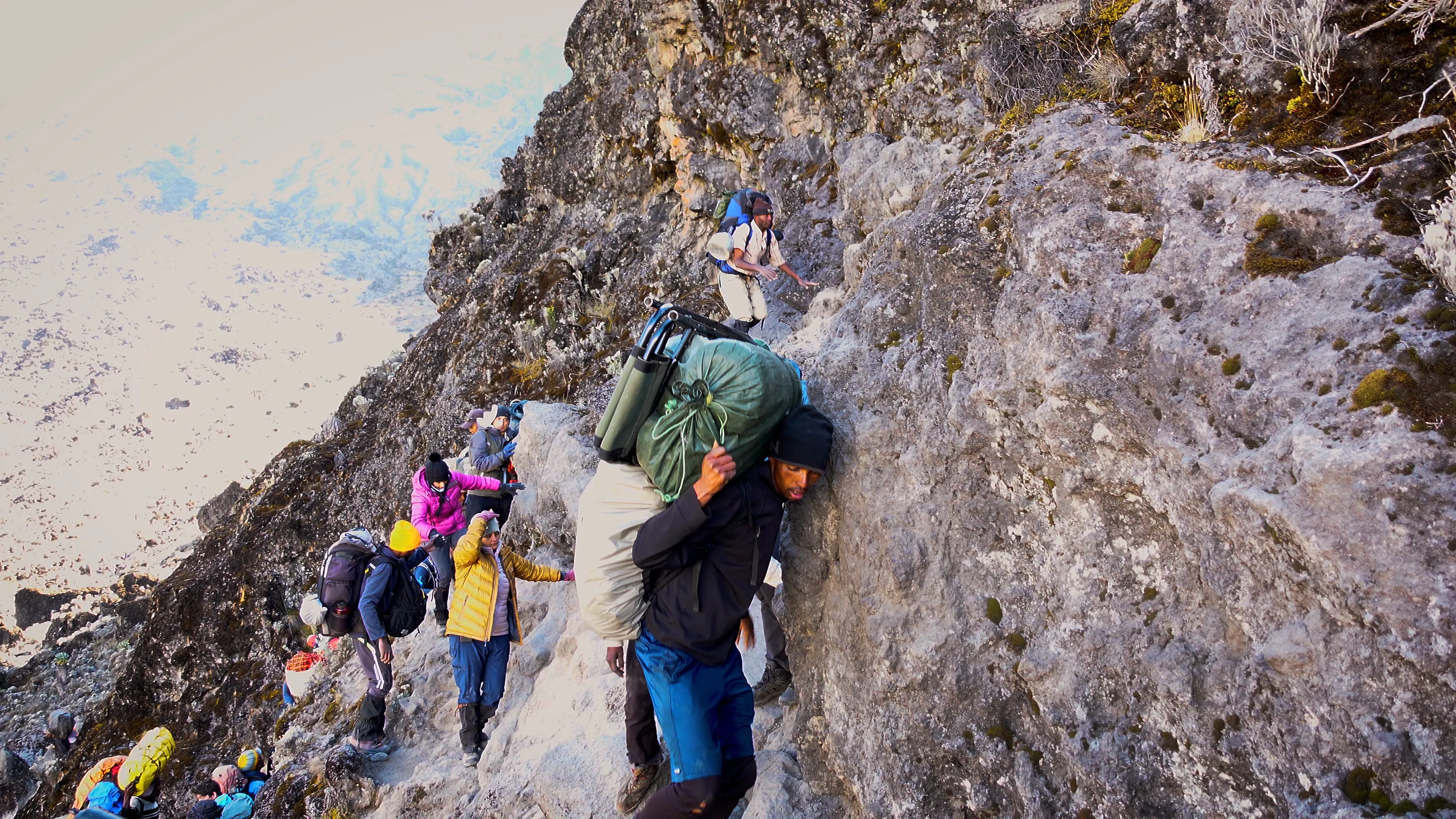
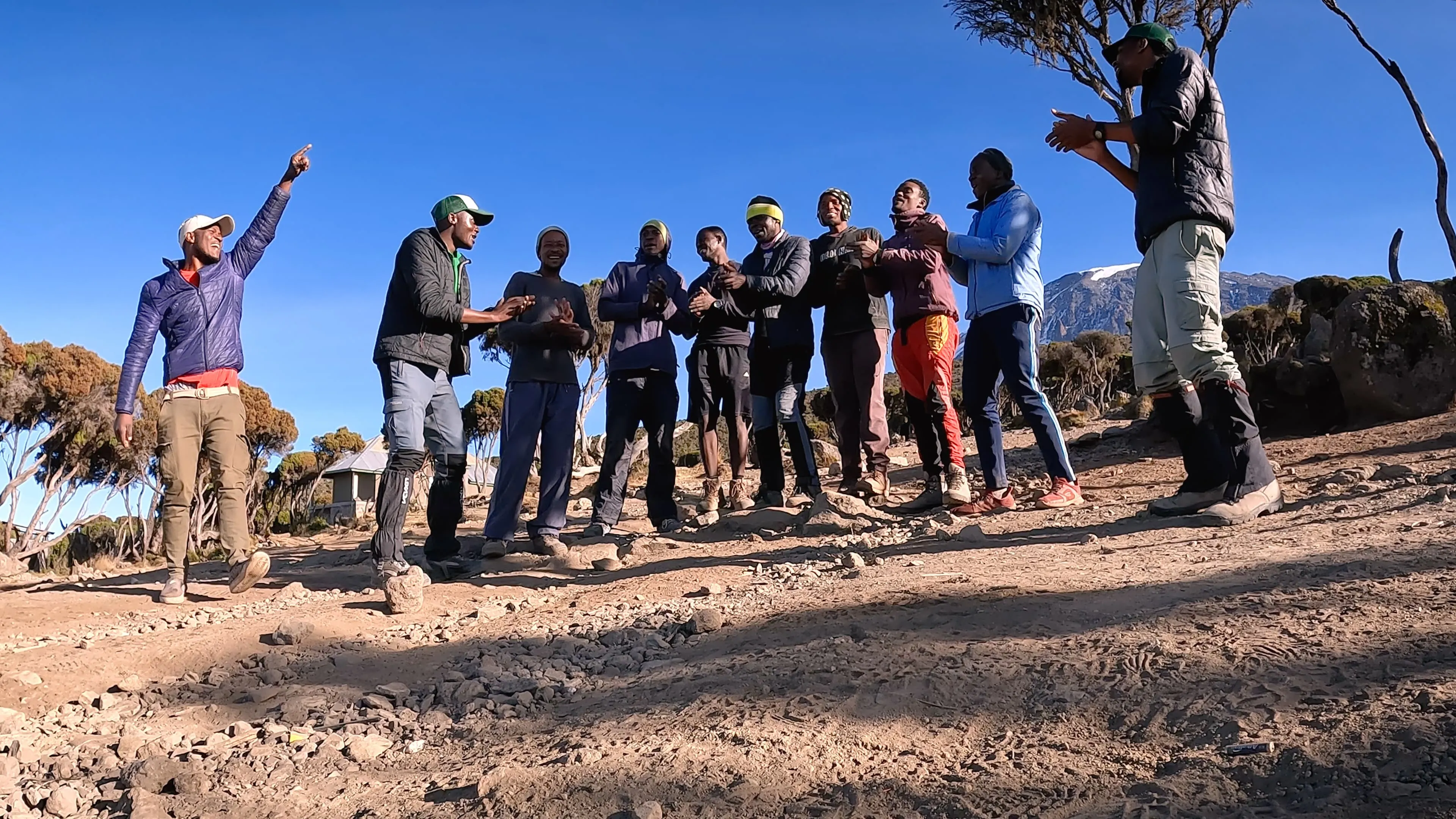
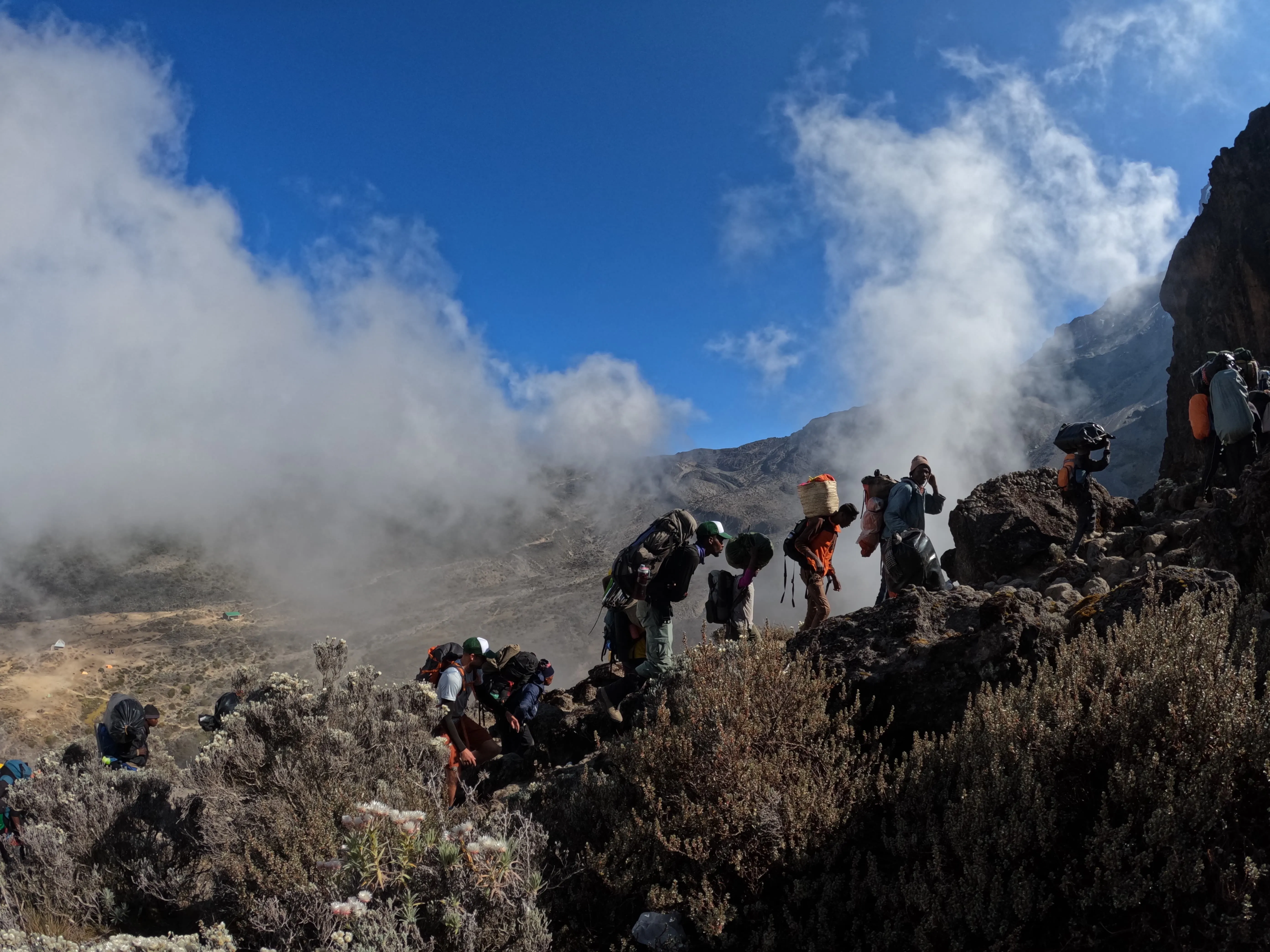
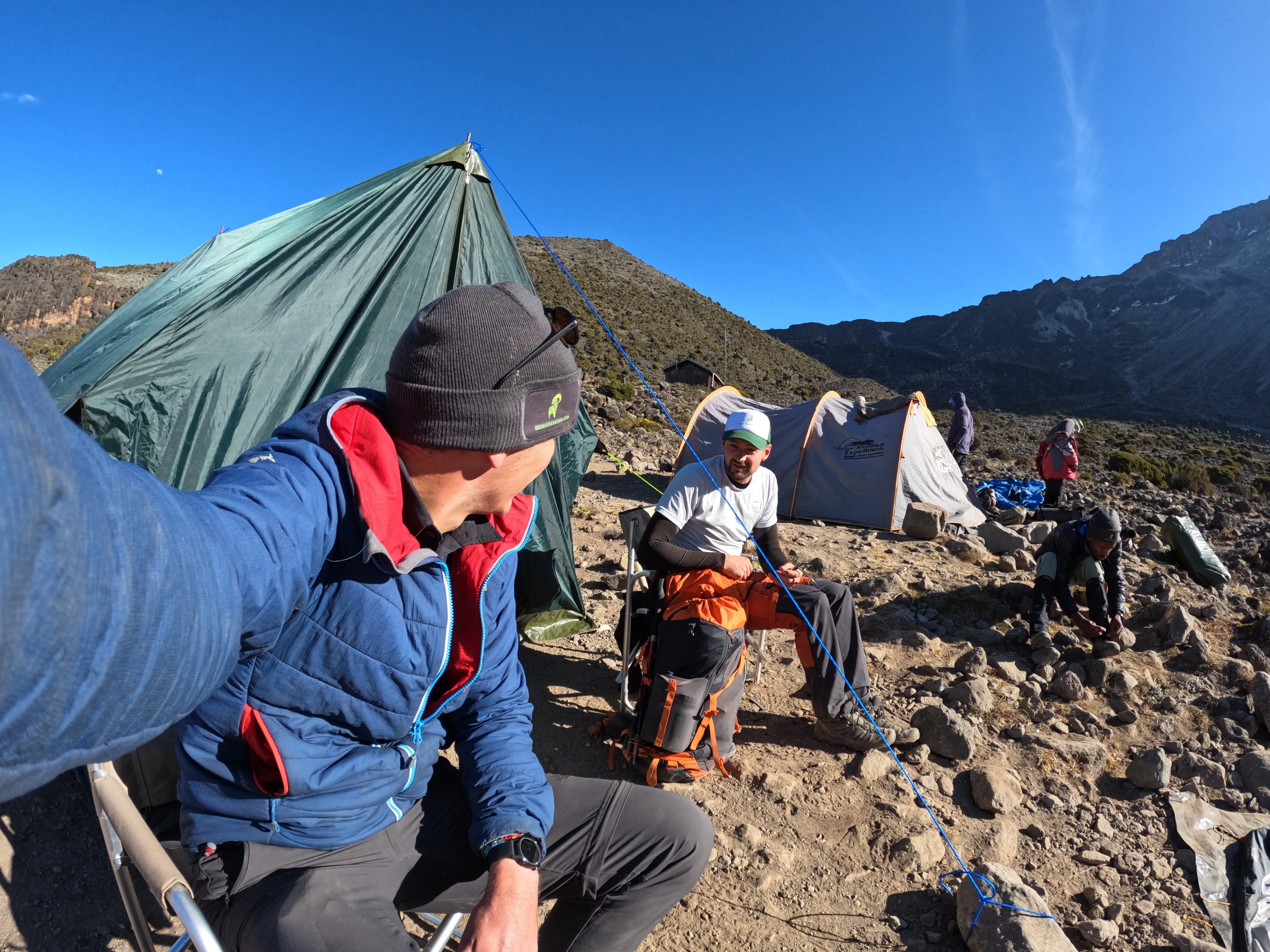
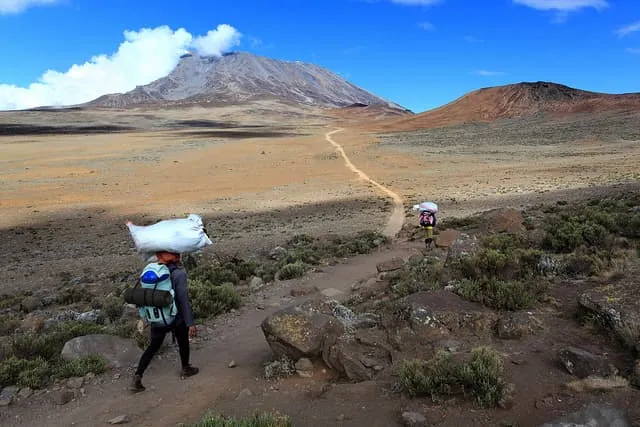
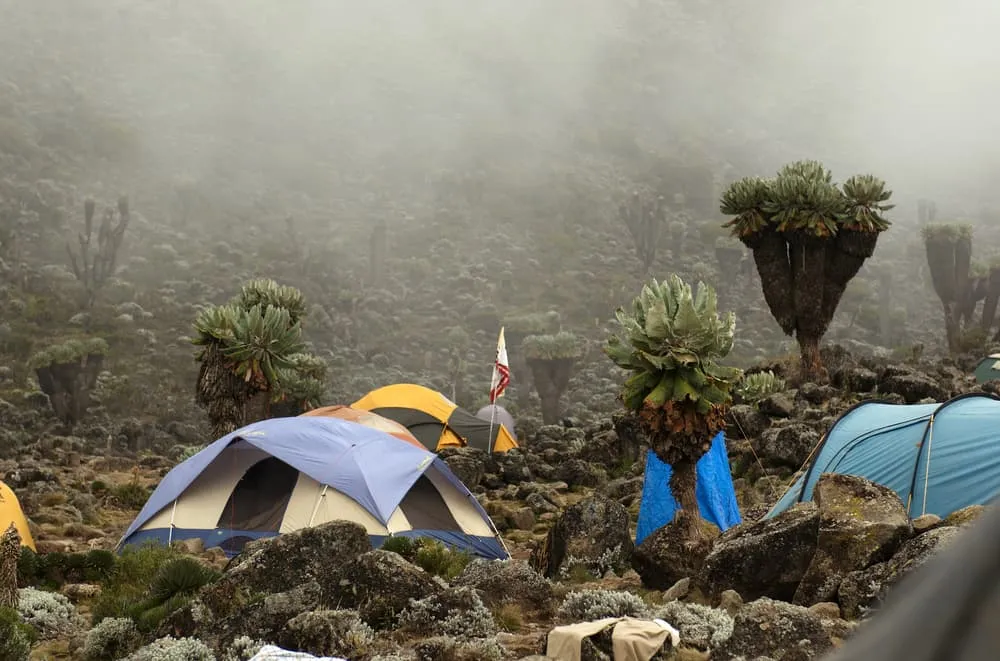
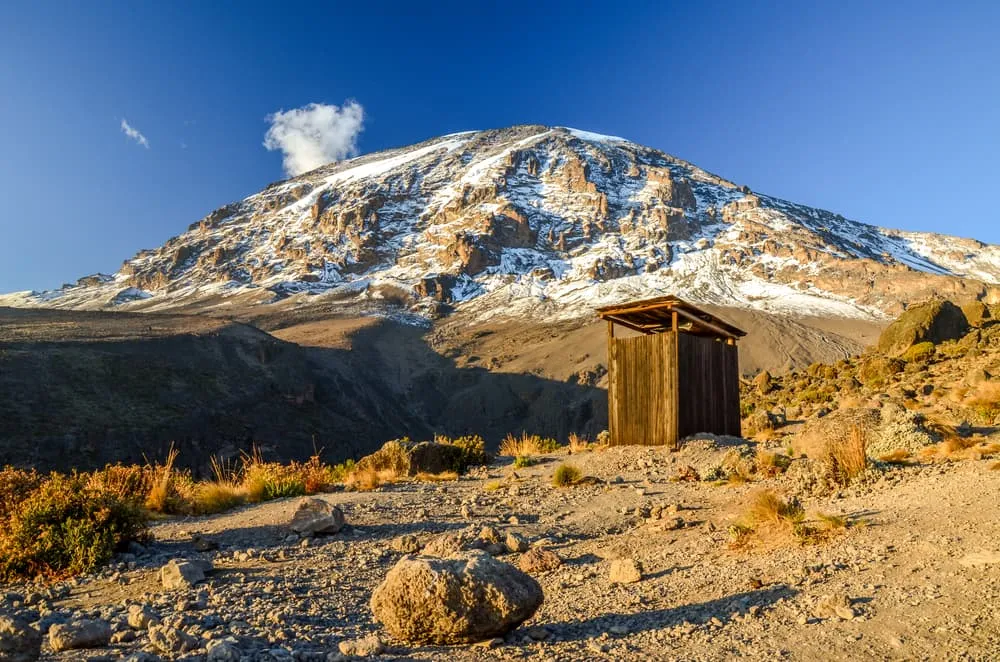
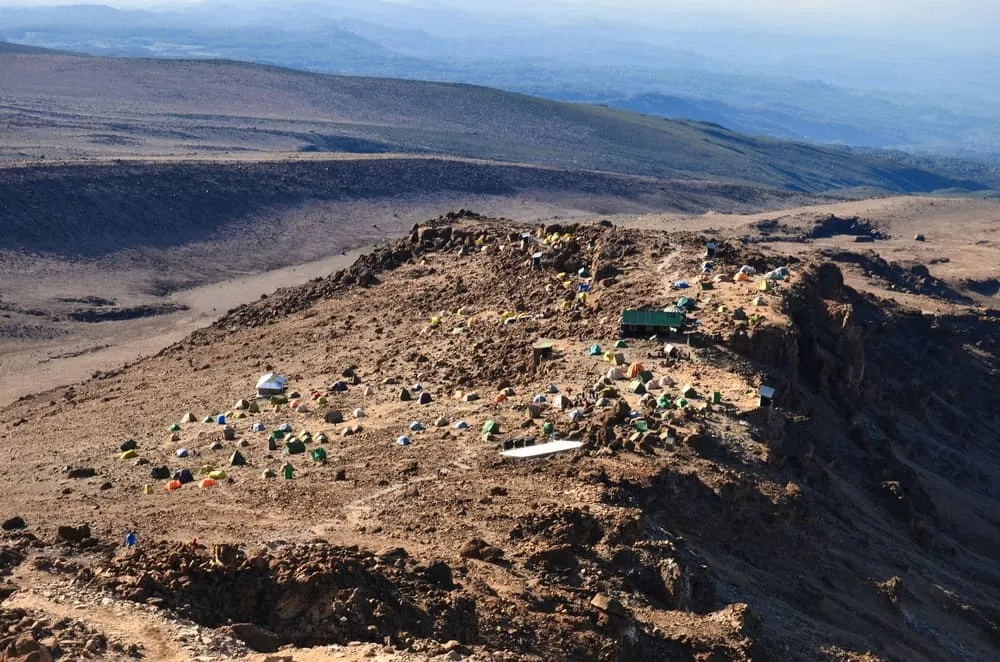
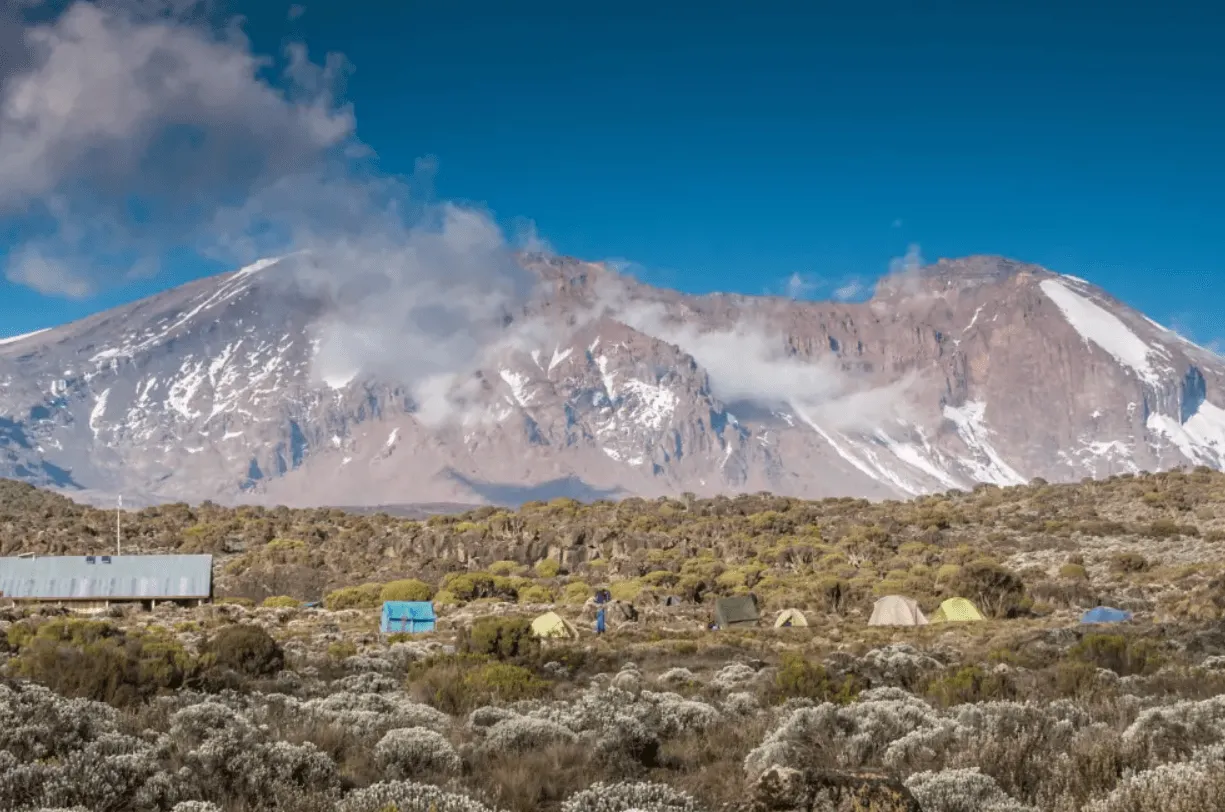
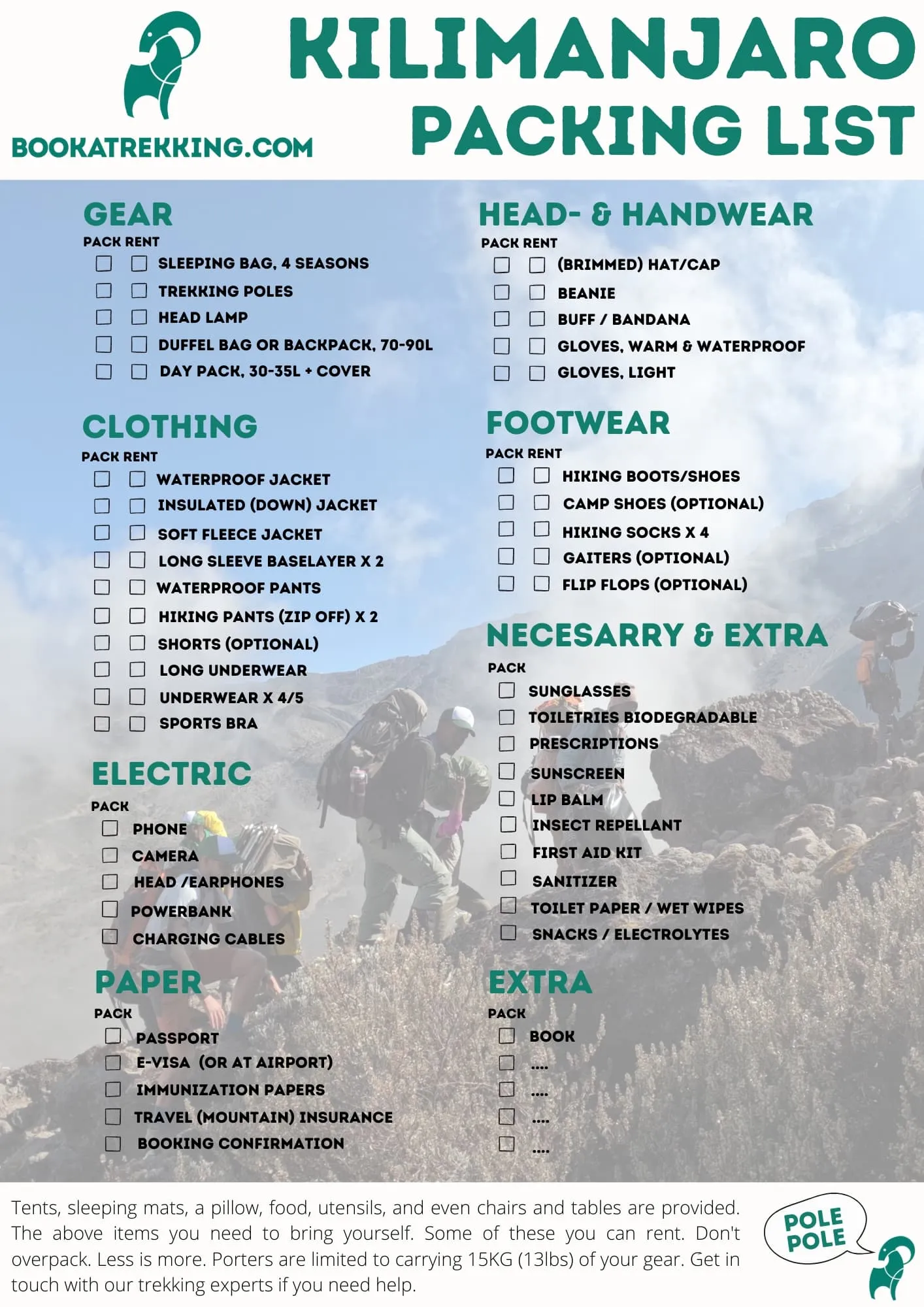
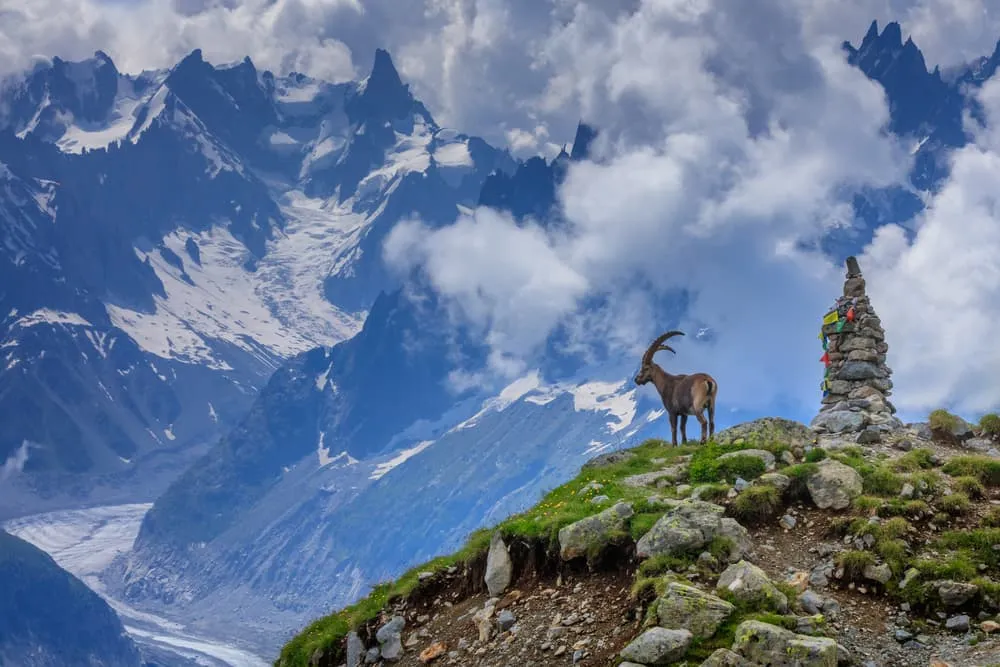
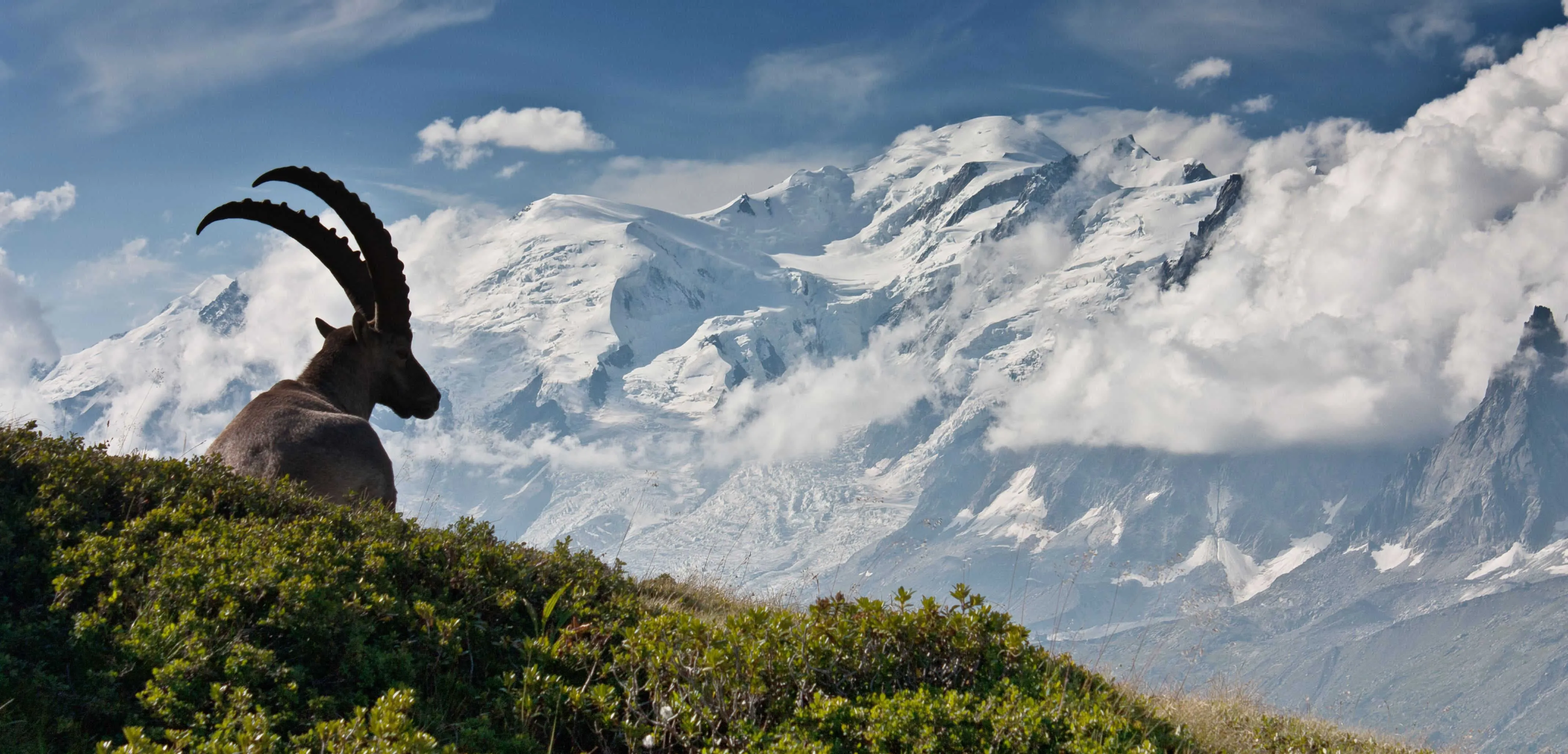
Comments